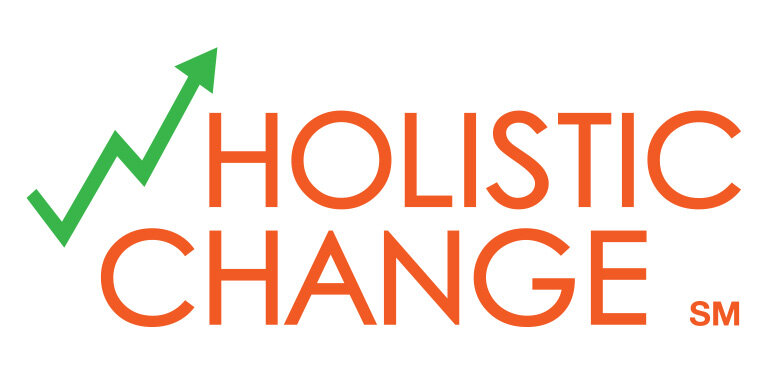In order to adopt the change, do the resources in your organization require new skills? Job re-training? Support as they go through the learning curve? After you have communicated the need for change, how do you ensure that your organization is, in fact, behaving differently?The change team will need to work with the communities of practice to identify the training resources your organization will need to create in order to drive your change, and to help build the supporting materials. Remember, each community of practice is comprised of the people who know how the organization actually works today: your employees.We have found Kirkpatrick’s 4 levels of training evaluation to be invaluable as we determine the necessary materials to help your organization change:
- Reaction to the change
- Potentially all of the resources in your organization will need to be aware that the change is happening and why it is happening. This will be a critical component of your communication plan.
- How favorably all levels of the organization react to the change will affect the degree and rate of adoption.
- Increase in knowledge about the change
- A subset of the resources in your organization will need to really understand the change. This builds upon the 1st step by starting to delve deeper into how the change will affect what they do on a day to day level: What processes will change? What training will be needed? How will they be setup for success?
- Application of the change in terms of behavior change
- Once the knowledge of the change is absorbed, resources will be expected to actually apply the change in their day to day jobs. To ensure changed behavior may require creation of templates, job aids, examples, mentoring by the change team...
- Measurement of effect on the business or environment
- At the beginning of the process, your organization defined what successful change would look like, and made a case for the change in terms of business value. This final step closes the loop: the change team needs to ensure there is an effective way to actually verify that the change is happening.
- The measurement process needs to be closely tied to the status reports (to encourage the change to continue until it has fully taken hold) as well as the continuous improvement process (to identify if and why behavior change is not happening as expected, to adjust levels 1 - 3, as needed).
In an upcoming blog post, I will talk about tying employee incentives to the change.

